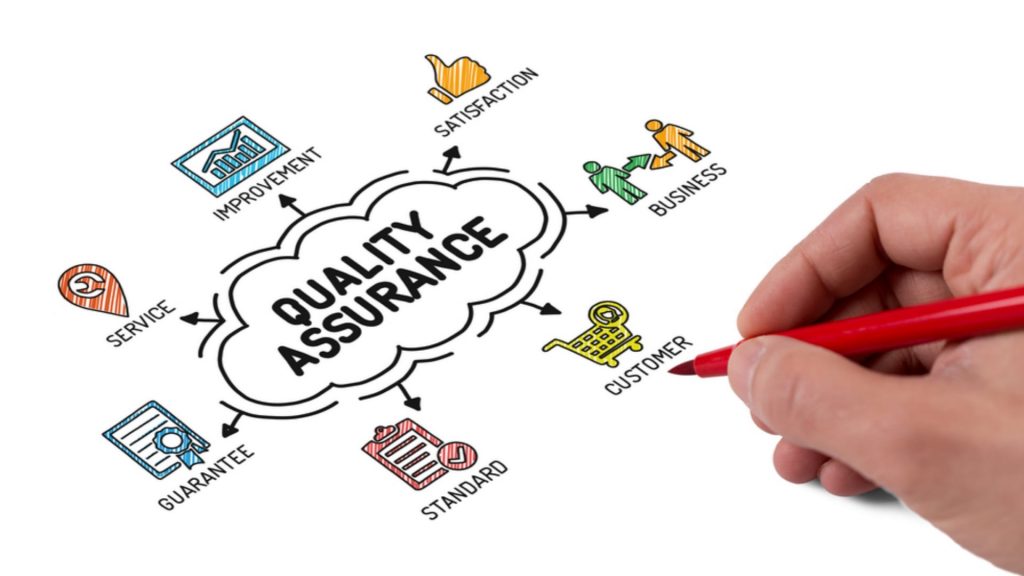Quality Assurance (QA)
Getting FDA approval is however only the start of yet another equally tough journey. The drug formulation has to transit from the laboratory to the manufacturing floor, which has its challenges. As obvious from the history of how cGMP came into being, many things can go wrong and it is vital to have sufficient control over all the factors that can influence the quality of the final drug product.
For several years, pharmaceutical companies relied a lot on Quality Control (QC) for adequate testing of the quality of their products. With time, however, as processing operations grew more complex, the realization grew that testing often misses detecting problems because tests are run on randomly selected samples. One cannot hope to “test quality into” products that do not have the quality inherent in them.
This realization led to the development of the concept of Quality Assurance (QA) which seeks to build quality into the products from the very beginning of the process of drug manufacture. Careful planning, training, and monitoring QA is a means to control processes right from choosing the right vendor for the starting and packing materials, to how the distribution of finished product takes place. The aim is to cover all the aspects that individually and collectively impact the quality of products.
The World Health Organization (WHO) defines QA as, “The totality of arrangements made with the object of ensuring that pharmaceutical products are of the quality required for their intended use.”

Objectives of Quality Assurance
The objectives of Quality Assurance system in the pharmaceutical industry are to ensure that:
- Product design and development is by requirements of cGMP, Good Laboratory Practices (for non-clinical developmental studies), and Good Clinical Practices (for clinical studies).
- All operations in production and control steps are specified clearly in writing.
- Managerial responsibility is specified clearly in each job description.
- Correct starting materials and packaging materials are used to manufacture drug products.
- Appropriate controls such as in-process checks, calibrations, and validations exist to ensure the quality of raw materials, intermediate products, and finished products.
- Finished products are appropriately checked by pre-determined procedures.
- Every production batch is certified by authorized persons before it is released for sale and supply.
- There are satisfactory measures adopted to ensure the quality of the product is maintained throughout its shelf life.
- Procedures exist for regular self-inspection or quality audits to assess the effectiveness of the QA system.
- Deviations of any nature are reported, adequately investigated and the results are recorded.
- Changes having an impact on product quality are adopted through a system that calls for approval from management.
- The quality of products is regularly evaluated to verify that the process is consistently providing quality products.
Make sure you also check our other amazing Article on : Good Laboratory Practice (GLP)